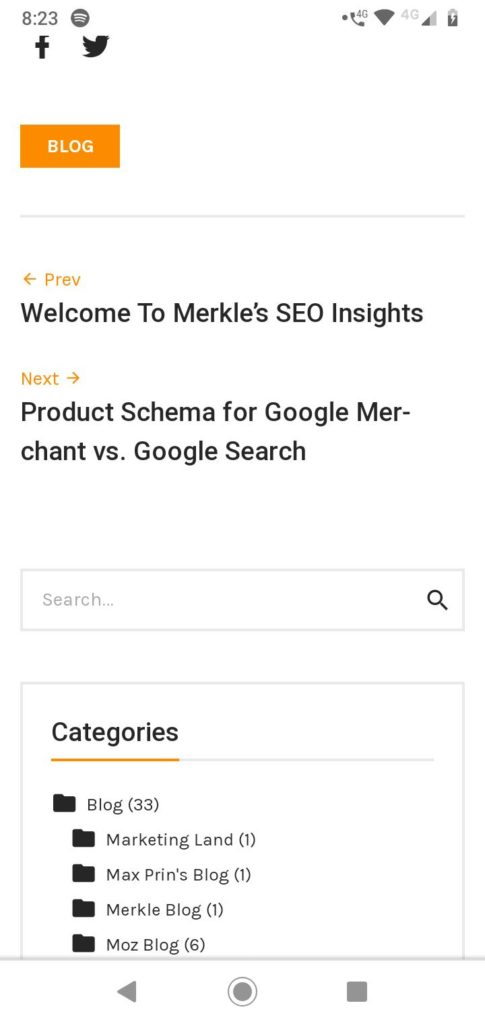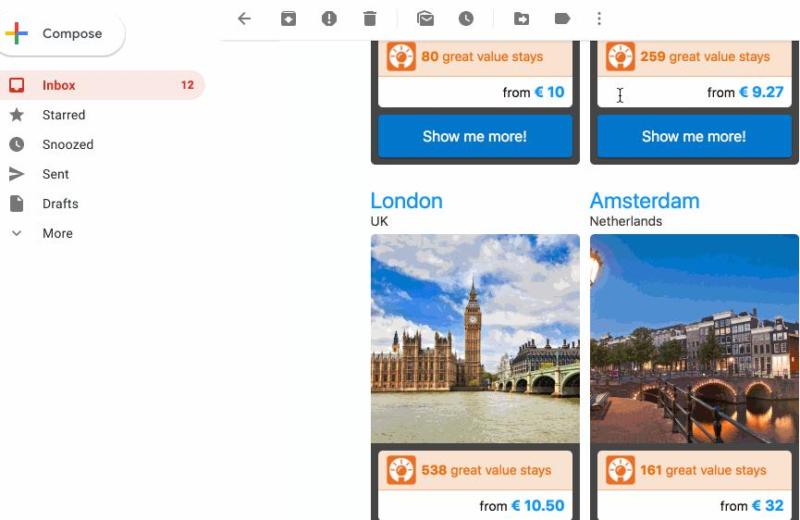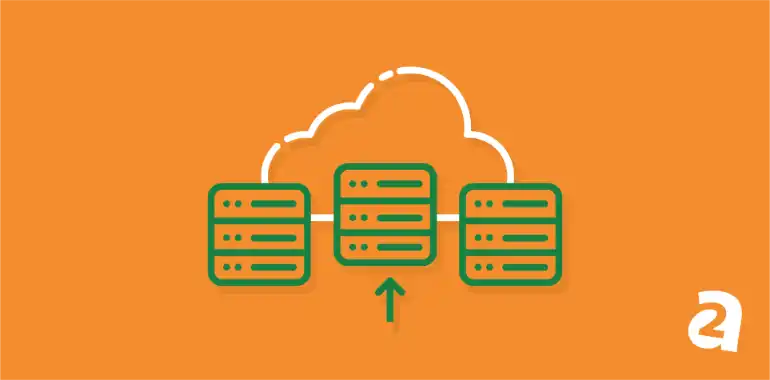- Jan 14, 2020
 0
0- by A2 Marketing Team
We’re spending more time than ever online. However, most of that time is spent on mobile devices rather than traditional desktop computers or laptops. In practice, this means that delivering a top-quality mobile experience is more important than ever.
In 2016, Google launched a framework called Accelerated Mobile Pages (AMP) to try and standardize the mobile web. Google AMP’s primary selling point is it increases website performance, and it also gives you an edge when it comes to search results.
In this article, we’ll talk about the Google AMP project and how it works, as well as how it’s evolved over the years. Then we’ll discuss whether using AMP is worth it or not for your website. Let’s talk mobile!
An Introduction to Google AMP

AMP is what’s called a web ‘framework’. If you dabble in web development, you’ve probably heard that term before. Frameworks are collections of guidelines or tools used to build software, websites, and applications in a specific way.
The goal behind the AMP HTML framework is to provide a high-performance, user-friendly mobile experience. It achieves that end by using streamlined HTML and JavaScript libraries, as well as adding caching to your website.
All that sounds fantastic, so let’s take a look at what an AMP-enabled website looks like in practice. Keep in mind, however, that you’ll only see AMP sites in action when using mobile devices:

Depending on how intricate your website’s design is, you might notice a stark difference when you implement AMP. In terms of performance, AMP pages load up to four times faster than regular web pages. This is a dramatic increase in performance, even for already-speedy sites.
Although there are a lot of benefits to using AMP, the project has faced plenty of criticism since its launch. The primary reasons there’s been so much backlash against the AMP framework include:
- It sacrifices a lot of UX elements. With AMP, you must display content following Google’s guidelines, which can limit your creativity.
- AMP blocks adblockers. Whether to block ads or not should be a choice every user can make, but with AMP pages, Google takes away that decision.
- You can only display a single ad. When using AMP, you can only display one ad per page. That makes for a better User Experience (UX), but it also limits revenue potentials.
There are a lot of positives to frameworks such as AMP, which seek to improve the performance of the web for all users. However, if you decide to opt-in to this system, you’ll want to know what you’re getting into upfront.
The Evolution of Google AMP
Since 2015, the AMP family has grown dramatically. These days, AMP is more than just a framework. You also have access to AMP Stories, which offers fantastic tools for long-form content. With AMP stories, you can design interactive, visually-appealing posts:

Beyond that, Google also enables you to publish AMP-friendly ads on your stories and pages. This is a handy way to bypass the usual one-ad limitation. Moreover, AMP ads load faster than traditional ads:

Finally there’s AMP for Email, which is by far the most controversial addition to the family. The idea behind this feature is to take the traditional, simple messages that make up the bulk of your inbox, and transform them into media-rich experiences:

With AMP emails, you can also add interactive content to your messages. For example, users might be able to respond to an event invite without leaving their inboxes, or book a movie ticket right from an email.
In theory, all of those features sound fantastic. However, if you’re a website owner, AMP for Email also means that you can lose out on a lot of traffic. All of those users will spend more time within their inboxes, but they might not come back to your site unless specifically prompted to do so.
In a nutshell, that is the biggest concern when it comes to AMP as a system. While it’s true that the framework does make for a faster, more user-friendly experience, it also locks you even further into the Google ecosystem. AMP search results load directly into the Google platform, as do emails. In essence, you’re sacrificing some control over your content for better performance and interactivity.
Should You Use Google AMP?
There are a lot of valid concerns when it comes to the AMP framework. However, it’s impossible to deny that following its guidelines does yield better performance across the board, particularly for mobile users.
As far as we’re concerned, using AMP is most effective for particular types of websites. Blogs and news sites, for example, stand to benefit most from the faster performance. At the same time, those types of sites tend to use streamlined designs, which means adopting AMP guidelines shouldn’t impact the user experience too much.
The more complex your website is, the warier you should be about using AMP. Plus, you can get many of the same benefits the framework offers without locking yourself into it. Some excellent ways to achieve that include:
- Adding caching functionality to your site
- Implementing pre-loading for your pages
- Optimizing your media content
Those are all technical tweaks that you can implement on any website. Beyond that, you might also want to limit the number of ads you display, and ensure that your website is as mobile-friendly as possible. If you tick all of those boxes, your website should be just as welcoming to mobile users as any AMP implementation.
Google AMP Conclusion
Years after its launch, the AMP project is still evolving. AMP development remains active, but the same issues that plagued the framework during its launch remain pertinent. Using AMP can strip your website of a lot of critical elements, which is a trade-off for faster loading times.
In practice, you can implement a lot of the features that AMP uses without negatively impacting your site’s functionality. Caching and pre-loading, for example, are hardly new to website creators. You can add both features to your own site easily, giving you a comparable performance boost to using AMP.
Image credit: Pixabay.












